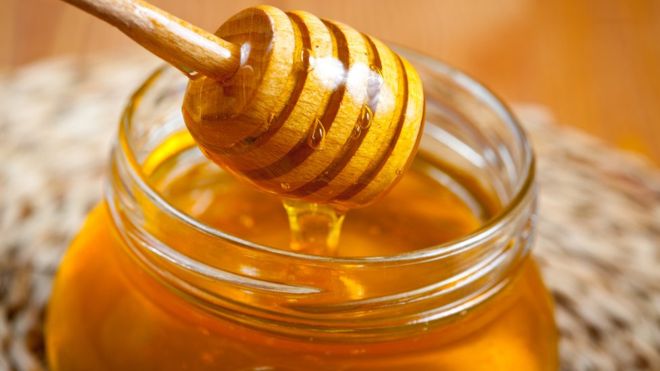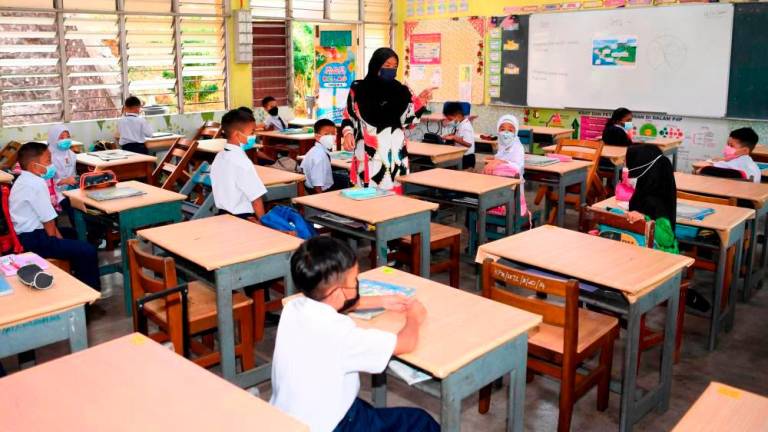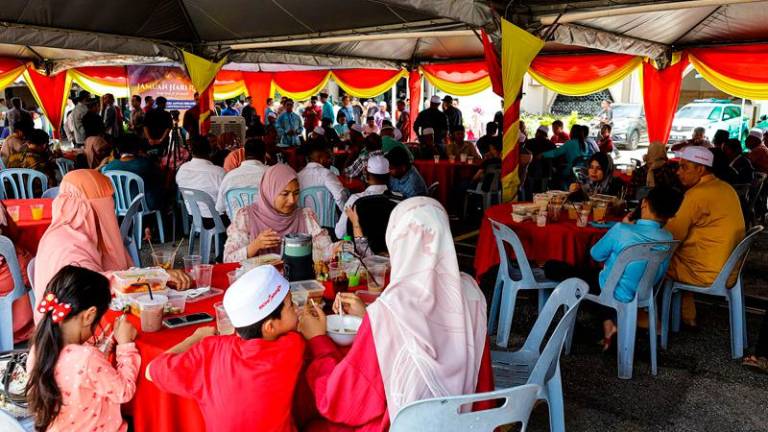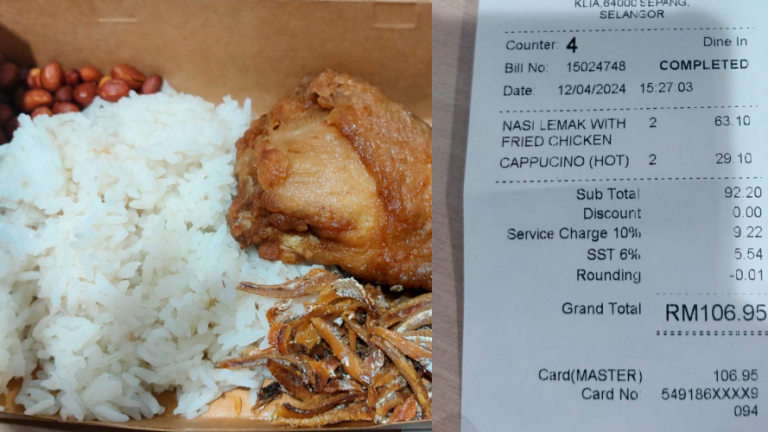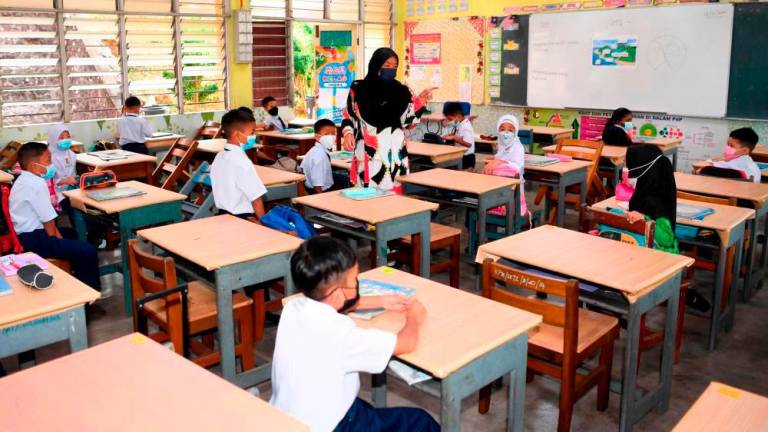THE unstinted research efforts by a Universiti Sains Malaysia (USM) academic has led to about 3,000 people in rural communities nationwide being equipped with the skills to produce high-quality honey from kelulut or stingless bees.
Dr Mohd Zulkifli Mustafa, who has been carrying out research on stingless bees and honey since 2012, said he and his team have trained them on the proper beekeeping techniques and use of hygienic practices to harvest honey.
Most of those trained were housewives and people from the economically-deprived B40 group for whom the stingless bee honey industry can be a sustainable source of income.
According to Dr Mohd Zulkifli, so far a total of 25 Orang Asli from Kg Semelor in Pulau Banding, Perak, have also been trained to breed the kelulut bees sustainably as these insects are regarded as principal agents of pollination in the forests.
His training module covers aspects such as identification of stingless bees, sustainable breeding methods, hygienic harvesting and handling techniques, halal certification and production of downstream products.
“The involvement of the community in kelulut bee breeding activities has become a holistic medium for socioeconomic change and ecological sustainability,“ he told Bernama, recently.
Industry transformation
Dr Mohd Zulkifli, a senior lecturer at the Department of Neurosciences, School of Medical Science, USM, said for a long time, limited resources in the forest has not only restricted the commercialisation of the local kelulut industry but also threatened the survival of the stingless bee species.
“As a matter of fact, the forest (honey harvesting) operations made it difficult to devise standard operating procedures to standardise production techniques for both kelulut and other types of honey,“ he said.
It was with these restrictions in view that Dr Mohd Zulkifli embarked on his ‘reinventing honey quality’ project in 2012 to create a premium kelulut honey chain and spur the growth of the stingless bee industry.
His research efforts enabled him to come up with innovations such as Mustafa-Hive rearing system to create artificial habitats for the kelulut bees; a module on kelulut beekeeping; and the HILDA (Honey Interlinked Dehydration and Dispenser Apparatus) system to dehydrate the kelulut honey and enhance its value.
(Malaysia’s high humidity levels result in honey with high moisture content which can cause fermentation that produces a sour taste and foamy texture.)
He also said that government agencies like the Forest Research Institute of Malaysia, Department of Agriculture, Felcra Bhd, Federal Land Development Authority, Rubber Industry Smallholders Development Authority, Cooperatives Commission of Malaysia, Northern Corridor Implementation Authority and some institutions of higher learning were also helping him in his efforts to transform the local kelulut industry.
Community involvement
Dr Mohd Zulkifli said although the beekeeping training conducted by his team was targeted at B40 communities, the venture was suitable for anyone who has an interest in beekeeping and the land to spare, and wants an extra income stream.
“These bees are unique as they not only produce honey but are also instrumental in pollinating fruit trees and plants that are a source of food for the people,“ he pointed out.
When communities start breeding the stingless bees, these insects would automatically serve as pollination agents for the crops grown in the area, thus enhancing yields.
“And, to enable the kelulut bees to produce more honey, the community would start growing more flowering plants as a source of nectar (for the bees) which, indirectly, will beautify their surroundings as well,“ he added.
He said by getting the community involved in beekeeping, they would not only gain new skills but also be inspired to start their own enterprise dealing in high-quality and hygienically produced honey.
“In USM, we stress on the marketability of the honey produced by the community. All (kelulut) honey operators under the guidance of USM are encouraged to reduce the moisture content in their honey in order to inhibit fermentation and improve its texture and taste,“ he explained.
Income source
Dr Mohd Zulkifli said beekeeping is relatively easy to handle and did not require high costs.
“They can start with three colonies (of kelulut bees) which will require an initial capital of about RM1,500.
“It is something even housewives can do... the kelulut bees are not dangerous as they don’t sting and the women can carry out their supervision activities during the weekends,“ he said.
He also said about 1,000 downstream products can be produced from the raw materials — honey, propolis and pollen — that are extracted from the nests.
The downstream products can be used as ingredients for food items or for health supplements, cosmetics and skincare products.
According to Dr Mohd Zulkifli, kelulut beekeepers can earn between RM1,000 and RM1,800 a month.
“Some who have gone into producing downstream products like honey-based soaps, propolis balm and other items are earning up to RM5,000 a month,“ he added.
Dr Mohd Zulkifli said he is also currently collaborating with companies such as Corak Rentak Sdn Bhd, Honeygold Enterprise (M) Sdn Bhd and Dr AnneSkinCare that are investing in a GMP (good manufacturing practices) factory to produce kelulut honey products that meet the necessary criteria to enter international markets.
Kelulut honey properties
Dr Mohd Zulkifli said compared with other types of honey, kelulut honey tastes slightly sourish.
He has carried out a lot of scientific research on the properties of kelulut honey and found that it can improve memory power and also produce the same effects as anti-stress medications.
He said research carried out by others has shown that kelulut honey can act at the molecular level to reduce cholesterol levels and maintain the skin’s youthfulness.
“Findings by other researchers show that the honey is a good antibacterial and anti-diabetic agent. On the whole, it has great potential for preventing chronic diseases,“ he added. — Bernama



